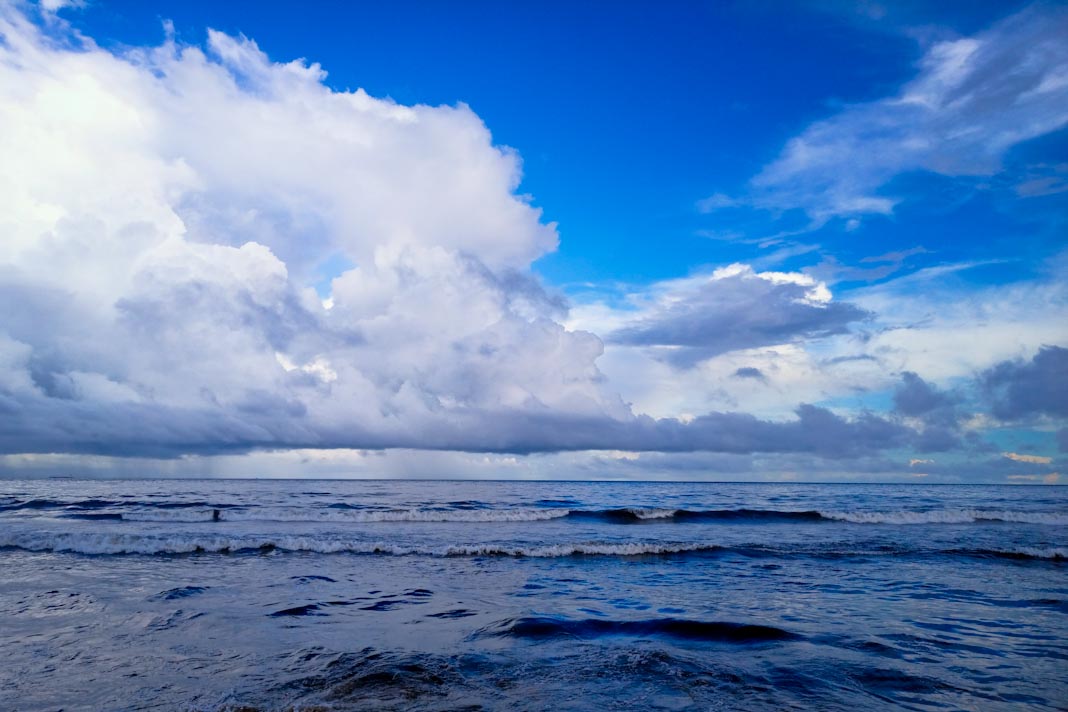Scientific American reports that researchers analyzing nearly two decades of North Sea data have discovered a “fingerprint” in wave behavior that could make predicting rogue waves a reality.
On January 1, 1995, the Draupner gas platform became the first to record what was truly a “rogue wave”: an 84-foot wall of water that smashed into the structure and disproved the idea that such waves were mere maritime myth.
Using 18 years of laser-sensor data—more than 27,000 individual wave measurements—scientists found that rogue waves may not be random freak events, but rather the result of more mundane wave systems stacking up in very particular ways. When two or more “wave trains” intersect, they can reinforce each other, and this overlapping creates a unique interference pattern. This pattern acts like a precursor signal: the “fingerprint” appears before a rogue wave actually develops.
One of the physical mechanisms at work is “bound-wave asymmetry”: real ocean waves are not neat sine waves. Their peaks become steeper and sharper while their troughs flatten out, and this built-in skew helps amplify waves when interference happens.
According to the study, if this fingerprint can be detected in real time, it may provide a warning roughly a minute before an extreme wave strikes. In a recent 2023 North Sea storm, researchers traced a 55-foot wave back to one of these interference signatures.
An expert quoted in the article notes that because global trade and offshore operations critically depend on safe seas, understanding and forecasting rogue waves could be a major step forward. The researchers hope that with advances in artificial intelligence, better data collection, and satellite technology, these “fingerprints” could eventually be tracked over wide swaths of ocean.
Did you subscribe to our daily Newsletter?
It’s Free — Click here to Subscribe!
Source: Scientific American


















